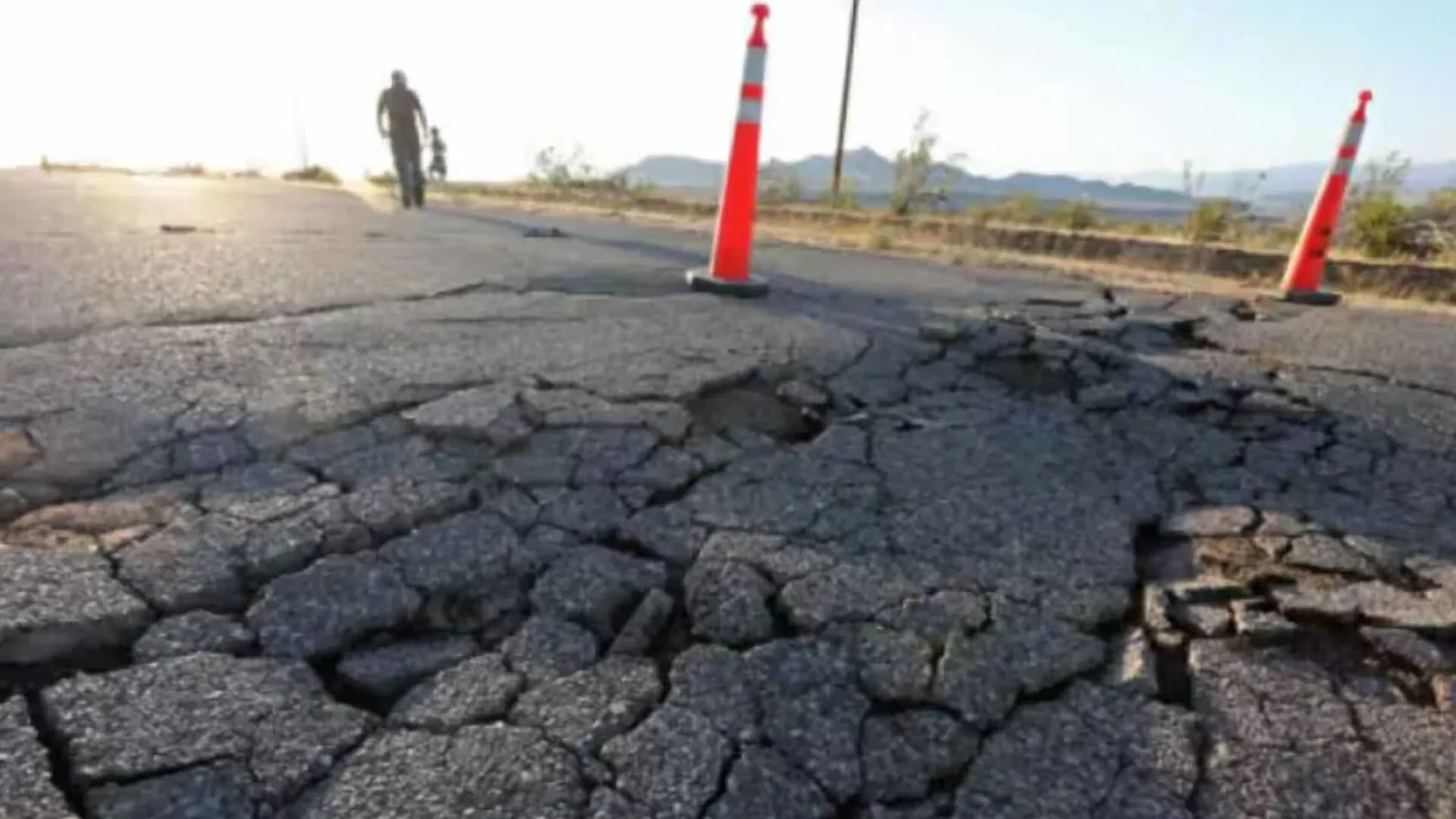A series of four earthquakes hit areas in India, Myanmar, and Tajikistan within an hour on Sunday morning, striking fear across Central and South Asia. From hill stations of the Himalayas to Central Asian cities, people ran out of houses in terror as the quakes reminded the region of its seismic susceptibility.
Tremors in Mandi, Himachal Pradesh
The initial quake was at 9:00 am in Mandi district, Himachal Pradesh. The National Center for Seismology (NCS) reported that the 3.4-magnitude earthquake struck at a shallow depth of 5 kilometers with the epicenter at coordinates 31.49°N, 76.94°E.
Although quite minor, the earthquake caught people by surprise as they experienced the shockwave followed by the rumble. Many evacuated their houses and offices. According to local sources, no casualties or property loss have so far been reported.
Earthquake in Myanmar
Within hours of the Indian quake, a 5.5-magnitude earthquake struck Myanmar near Meiktila in central Myanmar. The US Geological Survey (USGS) reported this to be one of the most powerful aftershocks following the disastrous 7.7-magnitude earthquake on March 28 that resulted in more than 3,600 deaths and left thousands injured.
The new quake was experienced in Mandalay and Naypyitaw, both of which are still trying to come to terms with the events of March. Two residents from Wundwin told The Associated Press that the quake was severe enough to trigger panic and that ceilings in several buildings collapsed. “People ran out of buildings,” one of them said, while a Naypyitaw resident said he did not feel the shaking. All three asked for anonymity for fear of reprisal from Myanmar’s military government, which strictly controls the flow of information.
Though no new casualties have been reported, the aftershock has increased public worry in already bereaved country.
Twin Quakes Hit Tajikistan
At 9:54 am, a strong earthquake measuring 6.1 on the Richter scale (originally 6.4) hit Tajikistan. It occurred at a depth of 10 km with the epicenter located at 38.86°N, 70.61°E. The quake was the strongest in this series of earthquakes.
Shaking was also experienced extensively in surrounding towns, triggering precautionary evacuations of schools and stores.
Later at 10:36 am, a second earthquake of magnitude 3.9 hit the same area at a comparable depth, raising fears of intensifying seismic activity in Central Asia.
Understanding Earthquake Magnitudes
Earthquakes are measured with a seismograph, an instrument that quantifies seismic energy released. Magnitude is usually reported on the Richter scale or more accurate Moment Magnitude Scale (Mw), both measuring the strength of the quake.
Magnitude 3–4: Frequently felt, rarely causes building damage
Magnitude 5–6: Moderately strong to strong, may cause damage to weaker structures
Magnitude 6 and larger: Strong to major, potentially destructive
The depth of the quake also determines its effects. More surface-level quakes, such as those on Sunday, tend to be experienced with greater force even if they have a moderate size.





















